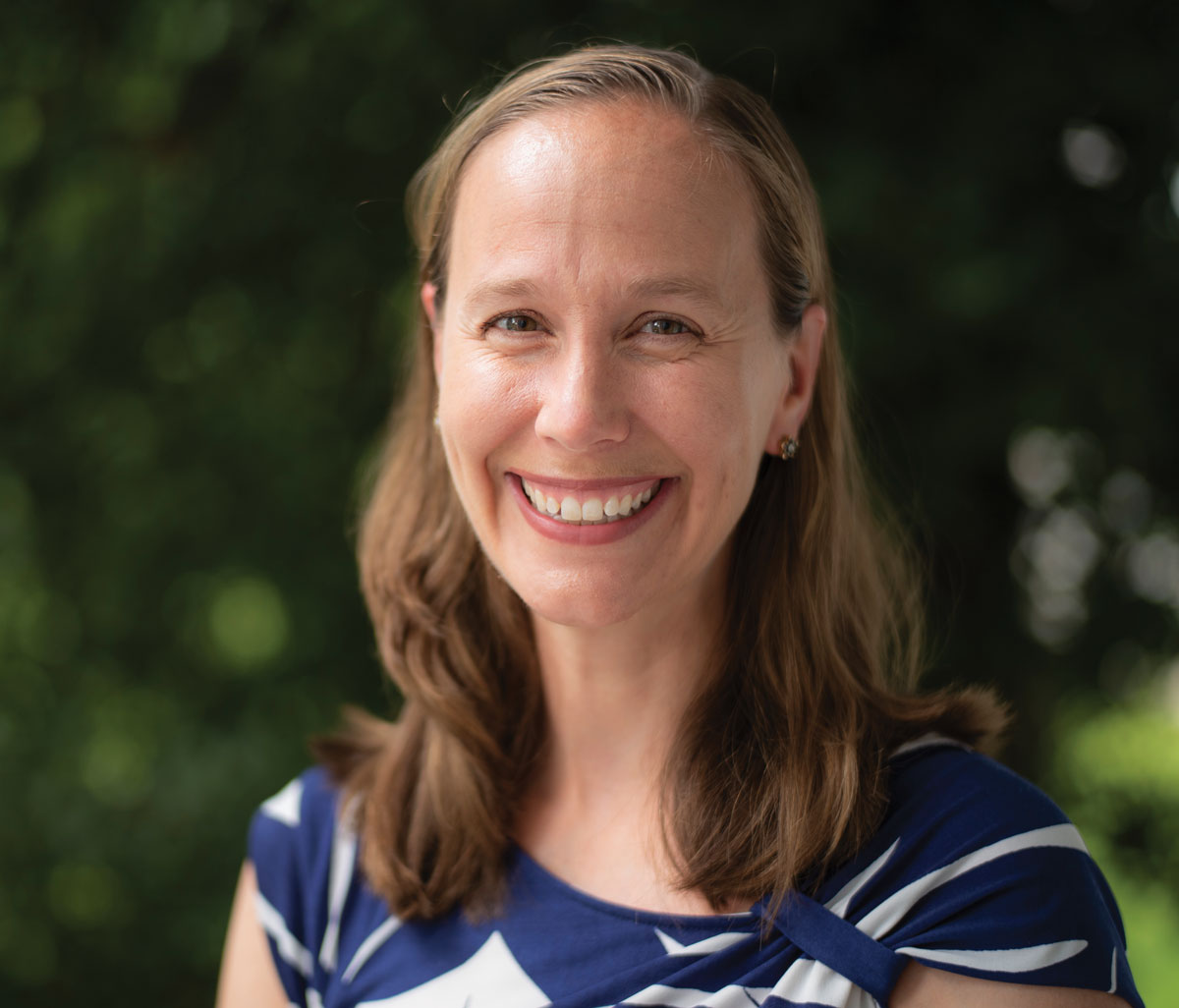
Schofield. “They’re a tremendous group of people, and faculty in large part don’t interact with many of them on a regular basis.”
Clear and Transparent
What interested you about this role?
I worked on a committee with Professor of German and Film & Media Studies Sunka Simon, who held this position prior to me. I realized that there was a lot of work still left to do and that she had laid some great groundwork for things that I was interested in. When I first graduated from Swarthmore, my original goal was to be a middle school principal. So this feels a little like I managed to get back to that role without actually having to do the really difficult job of being a middle school principal. My original thinking in wanting to be a principal concerned the concept of what makes good teaching: what is involved and what support systems an institution can provide so people can develop their teaching and professional skills. I’ve been able to do a lot of that in this role, both in the recruitment of and the development for junior faculty.
What initiatives stand out for you?
We’ve tried to clarify and make more transparent our review procedures and policies for our tenure-track candidates as well as the reviews for our non-tenure-track instructional staff. We had them in place, but there were often a lot of questions. We held listening sessions with people who had recently been up for tenure to see what their experience was, chairs of all of the departments and programs, and the staff members who manage the process. I’m really proud of that because I think that transparency has really improved the process for our candidates as well as for the College generally. I’m hoping the transparency and clarity will mean less implicit bias in the decisions that we make because we’ve laid out a set of criteria much more clearly. That’s a very small way to be a part of a broader movement around anti-racism and anti-chauvinism.
Where does this interest in looking for ways to improve systems come from?
It comes from my very first job when I taught middle school math in Westfield, N.J. Two-fifths of that first year, I taught algebra, and the other three-fifths, I pulled seventh graders out of gym to teach them how to take the test that they were going to have to take in eighth grade. I really didn’t like that part of my job. I loved teaching algebra. But it became really clear to me that some policymakers had decided that the way to determine how much kids were learning was by having them take a test. For some kids, that extra math was maybe a really good thing. And for some kids, maybe, being pulled out of gym was actually a really bad thing. It wasn’t clear to me how much the policymakers understood all of those downstream implications.
Do you have a favorite moment?
The moment that our Academic Continuity Committee turned in our report [to President Valerie Smith in May 2020] — that was the moment when I was most proud to work at Swarthmore. I felt like this is a place that’s going to try to be as thoughtful as possible about its response to the pandemic.
Having started those conversations allowed us to move more quickly, once the decision was made, because people were already aware of a number of the issues. That was the best committee I’d ever served on, not just at Swarthmore, but of almost any committee or work that I’ve done.